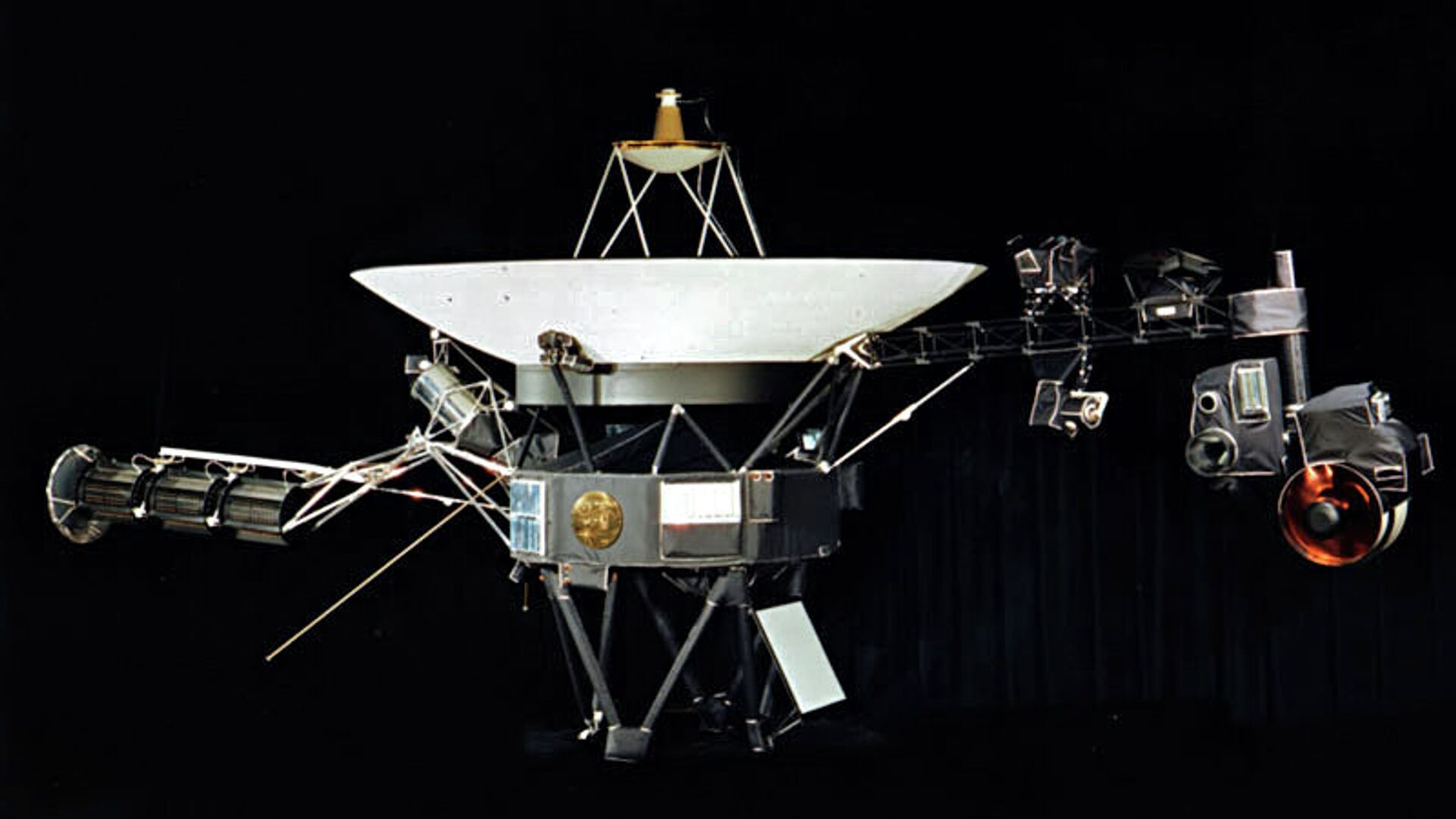NASA engineers have successfully re-established contact with Voyager 1, which is currently located 15.4 billion miles (24.9 billion kilometers) from Earth, marking a crucial recovery after weeks of communication blackout. The issue began in October when Voyager 1 switched from its primary X-band radio transmitter to a weaker S-band transmitter due to a power shortage. This change, prompted by a command to activate a heater, led to difficulties in receiving data from the spacecraft.
The autonomous transmitter switch caused nearly a month of silence, but NASA engineers managed to restore the X-band transmitter in early November. The spacecraft is now operating normally, resuming its scientific observations and data transmission.
Voyager 1, launched in 1977 as part of NASA’s mission to explore the outer planets, has far outlived its original mission. Now in interstellar space, it continues to send valuable data despite a steadily decreasing power supply. The spacecraft’s plutonium-powered thermoelectric generators lose about 4 watts of power annually, equivalent to the energy used by a small light bulb. This gradual power decline has led the mission team to turn off non-essential systems over the years, ensuring the remaining instruments can continue to operate for as long as possible.
However, challenges persist. The spacecraft’s power situation is increasingly uncertain, as seen when the fault protection system was triggered by the heater command. This issue highlights the limitations of the spacecraft’s power models and suggests that the probe’s ability to maintain its current operations is becoming more precarious.
Despite these hurdles, the Voyager mission team remains determined to keep the spacecraft functioning as long as possible. Both Voyager 1 and its twin, Voyager 2, have far exceeded their expected lifespans, providing unprecedented data from the distant reaches of our solar system and beyond.
Currently, only four instruments remain operational on each probe, studying plasma, magnetic fields, and particles in interstellar space. These observations offer invaluable insights into an uncharted region of space, and while the loss of some science data during the transmitter outage is regrettable, the mission team is more focused on extending the operational life of these instruments.
As Voyager 1 continues its journey into the unknown, the mission team is working to make the most of every remaining watt of power. With each passing year, they are faced with tough decisions on which systems to keep running, as the spacecraft edges closer to the end of its mission.


















